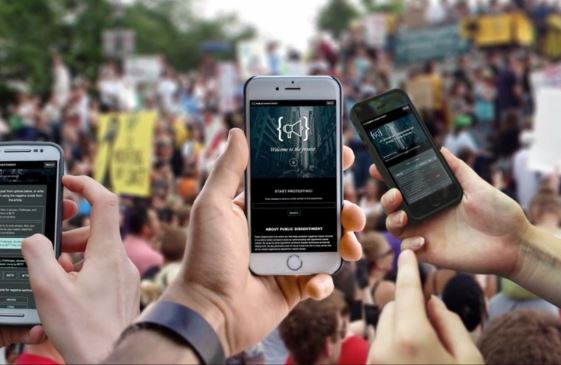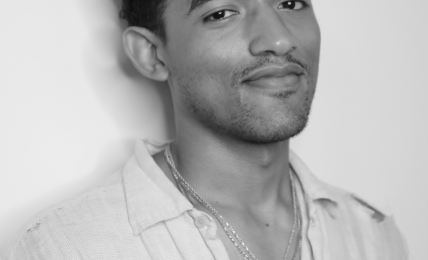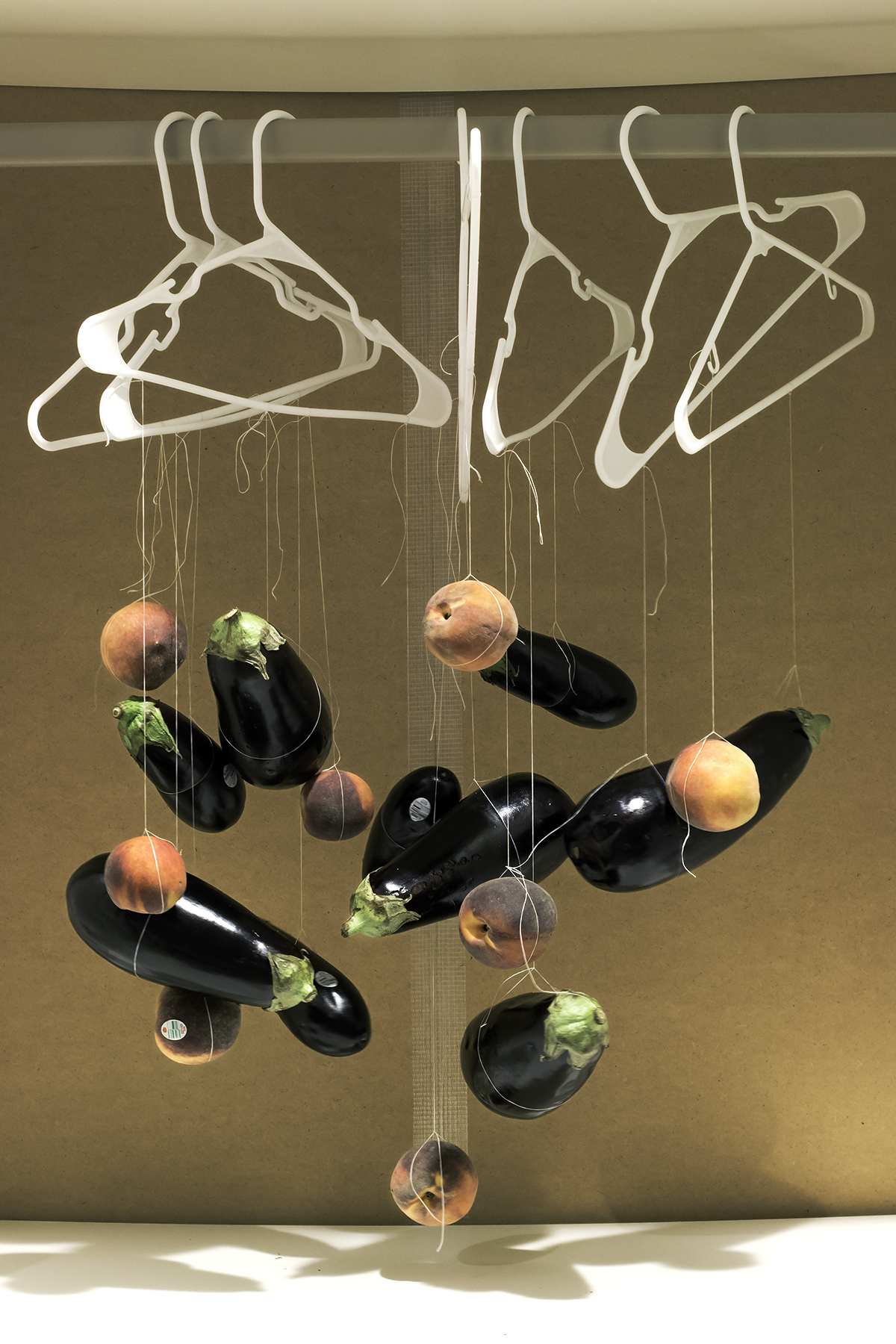Digital America interviewed Emily Sasmor in November of 2024 on her work CLOSE TO YOU.
:::
Digital America: CLOSE TO YOU, is a complex, digitally-animated, live streamed, and Unity-built operatic visual album that explores queer love through 55 androgynous “DRIFTERS.” Given CLOSE TO YOU’s focus on exploring personal identities, how does the expression of queer identities play within the broader internet ecosystem within the piece? And, if so, how does that link with the concept of longing and mobility to you?
Emily Sasmor: CLOSE TO YOU was meant to exist online in a way that’s akin to how Robert Ashley’s “PERFECT LIVES” was experienced. PERFECT LIVES was an opera made for tv, that originally aired late at night on community tv stations. It was just something that people would happen upon. They would either see it or they wouldn’t.
I wanted to recreate that format in the modern day with CLOSE TO YOU. Putting the project on TV didn’t make a lot of sense. Local TV stations aren’t the sites of strange content anymore. That all exists in the world of live streaming now. It seemed fitting to play the project out through live streams because of that. The goal is to make each stream feel like a moment of queer longing (with both its joys and its horrors) that is happened upon. It’s like PERFECT LIVES, but this time how people see it is through the whims of YouTube and Twitch’s algorithms.
The concepts of longing, mobility, and queerness play a huge role in the narrative structure of the project. I play a lot with stereotypes of longing in queer love, and the immobility of longing vs the mobility of drifting.
DigA: Live streaming plays a unique role in CLOSE TO YOU—we’re actually unable to publish the full experience in Digital America. What our users experience is a video of the livestream, and we hope they’ll attend CLOSE TO YOU for another livestream on https://www.close-to-you.tv/. (This is not the first time we’ve only been able to publish one of many aspects of your work!) Can you talk about the preparation and design of the live stream experience, and your own experience as the artist as it unfolded?
ES: For the first CLOSE TO YOU livestream my goal was for the driving section to feel almost like “Lo-Fi Hip Hop Beats to Relax/Study to.” I wanted it to be somewhat restful, as I was expecting people to fall asleep to that part of the piece (The livestream was late at night). I wanted it to feel like the dullest part of longing — the anticipation for something to happen.
In the final section of the stream (the performance) I wanted it to feel intense and wake people up from their slumber. I wanted it to almost feel like a daze the sleeper was entering into.
During the first part of the livestream I took on the role of DRIFTER I in the chat. I would respond to people’s questions and ideas and clarify the DRIFTER I’s anxieties about the terror and longing to come. It was my first time ever doing a livestream so it was a bit anxiety-inducing. Not having to show myself on screen helped me move through it though.
DigA: Karaoke is not just a performance medium, but also a way for the DRIFTERS to express their longings and create emotional connections through reimagined covers of the song “They Long to Be (Close to You).” Can you talk about the role of karaoke in the piece?
ES: I often use samples from popular music in my work. I think about these songs as packaged emotions that can be adapted to each individual listener. Normally this is a very personal experience. In karaoke it’s not, the performer takes on those emotions and presents their adaptation to a crowd. It puts someone on display in a really opaque but intimate way. In CLOSE TO YOU I use it as a device for expressing the DRIFTERS’ strong emotions without explaining every little detail of what’s happening. Using “They Long to be (Close to You)” as the chosen song for the performances allows for the audience to already understand what the DRIFTERS are singing about — longing.
DigA: As mentioned above, we published pieces STRANGERS COWBOYS in issue 11, (Meghan actually has the physical pieces of the work on her mantel). As you begin to construct these complex, multi-modal pieces, how do you parse through the process of representation (human vs. animated) and media more broadly?
ES: Yeah the projects do tend to get very complicated. This basically happens because I have too many ideas around a basic premise and then I want to expand endlessly. It’s why CLOSE TO YOU has 55 live streams instead of something sane.
But to actually answer your question, my approach to representing things in my projects has changed over the years. Nowadays I rarely present figures through anything other than animation. There’s two main reasons for this. The first is that I generally enjoy working through animation over working with live footage. I still use live footage for things, but only as background elements. Secondly, I’ve been out of school for a long time now, and it’s prohibitively expensive for me to film scenes in the way that I used to. Animation is a much cheaper, and quicker option for me to get my ideas out.
In terms of the media I use for each part of a project, I try to be very thoughtful about how I work with mediums. I studied sculpture in undergrad and realized that I should only use materials when I need to. So for me I choose mediums based on what I think will work the best to get my point across. Normally if I want to make a project that’s a quick joke I use sculpture or drawing. If I’m trying to tell a narrative I’ll make an animation. If I want to play with agency and interactivity I make games.
DigA: The CLOSE TO YOU experience is about three hours long, and most of it is shots of cars moving. This repetitive pace is different from the tension you created in STRANGERS COWBOYS by moving slowly through different spaces. Can you talk about how you approach pacing and timing in your work?
ES: My approach to pacing and timing is generally a really natural thing, it’s something that’s been instilled in me from watching a ton of music videos and playing a lot of video games.
CLOSE TO YOU’s pacing was a bit unnatural for me. The driving section is largely a bad joke. It’s a reference to a segment of a game called Shenmue 2 where you literally have to walk the character for about two and half hours from one location to the next. After getting a laugh out of the idea, I realized that this type of pacing would work really well for creating the mood I wanted. I wanted the viewer to feel a calm but long-growing tension before they enter the performance section of the stream.
DigA: What are you working on now?
ES: Currently I’m working on the second livestream for CLOSE TO YOU. It follows DRIFTER II’s drive and karaoke performance. It should be coming out in January/February. I’ll be posting a date on instagram and the project’s website once it gets closer.
Once all the streams are done, I’m also planning on having the full series of livestreams in a video game format. It’ll be a way for people to experience the catalog of the livestreams interactively.
I’m also working on a video game project called “Buzzing Golem’s Forbidden Land” that follows a golem getting revenge against a group of people who harmed their creator. I’m still very early on with that project.
:::
Check out Emily Sasmor’s work CLOSE TO YOU.
:::


Emily Sasmor is a new media artist based in Brooklyn, NY. Their projects have appeared in shows, festivals, and screenings including; Curyatid in Hudson Yards (New York, NY), 20/92 Video Festival (Philadelphia, PA), Squeaky Wheel Animation Festival (Syracuse, NY), and Digerati Emergent Media Festival (Denver, CO). Recent awards include a Cultural Counsel Video Grant and first place in Digerati Emergent Media Festival’s Digital Dialect section. They received a residency at the School for Poetic Computation and are setting up an experimental art publishing house named NIGHT EYE TV. She received her MFA from the School of the Art Institute of Chicago, and a BFA from Tyler School of Art and Architecture, Temple University.



